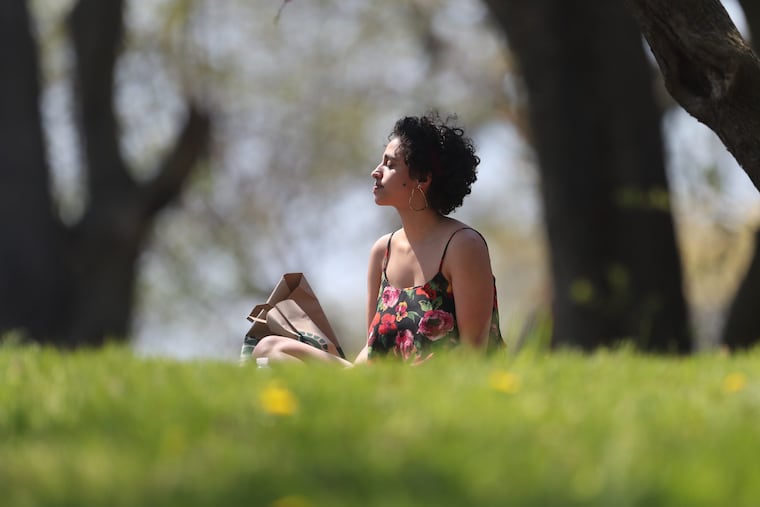Let’s promote health and green space one empty lot at a time
For Philadelphia, a city with high poverty rates and poor health outcomes, creating more parks close to where people live can greatly improve overall quality of life.

Simply living near a public park makes you healthier. Exposure to green spaces boosts mental health and psychological well-being beyond the benefits of physical activity alone. Parks help reduce blood pressure, lower mortality from cardiovascular diseases, increase social well-being, and promote positive health behaviors. The benefits for low-income families are even greater.
For Philadelphia, a city with high poverty rates and poor health outcomes, creating more parks close to where people live can greatly improve overall quality of life. Can we imagine a city where every child or adult lives within 30 seconds of a green space? An oasis of calm, where they can walk, run, play or just relax. Philly has great parks, but too few are near where they're needed. We can fix this.
>>READ MORE: In these Philly neighborhoods, lack of green means deadly heat spikes.
On so many blocks—especially in lower income neighborhoods—are a hidden asset: vacant lots. This term conjures images of weeds, trash and danger—a space to be avoided rather than relished. A vacant lot is an opportunity, so let's call these places "open space."
In the city of Philadelphia, there are about 40,000 parcels of open space, primed for improvement. That's 40,000 chances to build safe green places for children to play and run, and everyone else to stroll and exercise. That's 40,000 projects that bring communities together to design and build spaces that meet local needs. And that's 40,000 economic catalysts that raise property values, lower health care costs and make Philadelphia a magnet for further investment.
Let's bring nature back into everyday life by using adjacent vacant lots to create a network of block-by-block green links–corridors of high quality outdoor spaces. This open space initiative will build upon the ongoing community development work of many great organizations by helping to fill in the gaps using underutilized spaces. No one should be far from a safe and comfortable green space.
Unfortunately, building parks is an expensive and complicated undertaking often conducted without local engagement and support. To ensure real community buy-in, we need a robust process that truly involves the local residents in the planning and implementation effort. This program should be an opportunity to teach—especially local high school students–the skills necessary to assess, plan, design, build and maintain these community parks. This will be very useful for anyone seeking a career in the trades or going on to college. Young people crave challenges to overcome and this is a great opportunity to direct their energies in a positive direction.
To keep costs down, let's assemble "Parks on a Truck." Neighborhood groups would design and select what they want in their park — chess tables, grilling areas, picnic tables, trees, flower beds, pathways for walking, tree houses, a covered pavilion, car washing, logs to climb on — you name it. All of the essentials would be loaded on a truck and delivered to the site where community volunteers would build their park — barn-raising style.
Our proposal would build community capital in a way no program run by and with outside groups can. Our role is to help facilitate and support local efforts; design a network of outdoor environments that is specific to the needs and vision of that community; and help find funding.
This effort would require the support of many partners, such as between Jefferson University's landscape architecture program and local public schools, where students will lead the design efforts with the community in conjunction with professors and professionals.
Once a neighborhood open space network is completed, a community should expect:
Greater access to green spaces and an improved environment
Increased social capital
An improved local economy
Greater health equity and outcomes
Reductions in crime
We welcome the feedback and support of any interested individual, community leader or organization. A true grassroots effort will build better neighborhoods, one lot a time.
Kim Douglas is the director of Jefferson University's Landscape Architecture Program and the Lab for Urban and Social Innovation. Drew Harris is a member of the Inquirer's Health Advisory Panel, healthcare consultant and assistant professor at the Jefferson University College of Population Health.